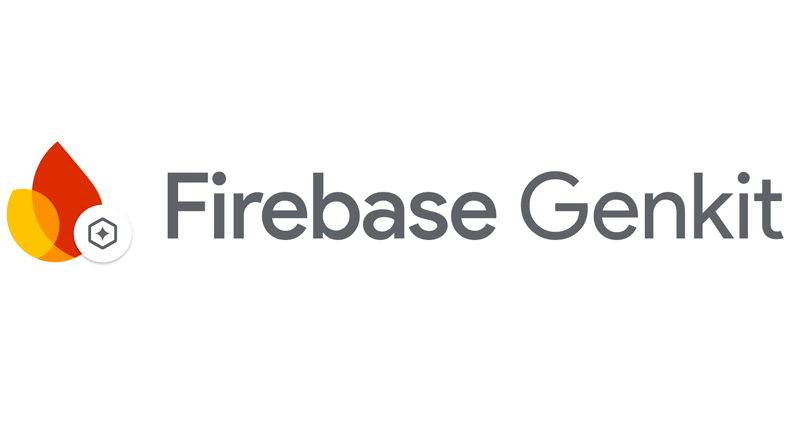Community
Integrating Genkit 1.0 with Angular for Advanced AI Application Development
Explore the technical capabilities of Genkit for Node.js and its seamless integration with Angular for building sophisticated AI-driven web applications

The recent release of Genkit 1.0 for Node.js by Google's Firebase team introduces a robust framework for developing AI-powered applications. This framework presents a significant advancement for developers seeking to integrate sophisticated AI functionalities into their projects, particularly within the Angular ecosystem.
Genkit provides open-source libraries and developer tools designed to streamline the implementation of AI features. Its server-side architecture is particularly advantageous for Angular applications utilizing Server-Side Rendering (SSR), enabling efficient and scalable integration of AI capabilities.
Technical Integration with Angular:
Leveraging Genkit within an Angular application involves establishing a Node.js backend. For Angular SSR projects, this backend infrastructure is readily available, simplifying the integration process. Developers can utilize Genkit's APIs to interact with various AI models, such as Gemini 2.0 Flash, by configuring endpoints within the Node.js server.
Here's a technical demonstration of setting up a basic Genkit integration:
// server.ts (Node.js backend)
import { genkit } from 'genkit';
import { googleAI, gemini20Flash } from '@genkit-ai/googleai';
import express from 'express';
const app = express();
// Initialize Genkit with Gemini 2.0 Flash
const ai = genkit({
plugins: [googleAI()],
model: gemini20Flash,
});
// Define an API endpoint for AI responses
app.get('/api/ai', async (req, res, next) => {
try {
const { text } = await ai.generate('Why is AI significant?');
res.json(text);
} catch (error) {
next(error);
}
});
// ... server configuration ...
export default app;
This setup allows Angular components to retrieve AI-generated content via HTTP requests to the defined endpoint.
Advanced Features: Streaming and Structured Data:
Genkit supports advanced features like streaming responses, enabling the implementation of dynamic, real-time user interfaces. The streamFlow API facilitates the delivery of incremental data, enhancing user engagement. Additionally, Genkit supports structured data handling through schema definitions, ensuring data integrity and consistency.
// SampleComponent.ts (Angular component)
import { streamFlow } from 'genkit/beta/client';
import { Component, signal } from '@angular/core';
@Component({
// ... component configuration ...
})
export class SampleComponent {
responseChunks = signal('');
loading = signal(true);
inputCount = signal('5');
async fetchStreamedData() {
try {
const response = streamFlow({ url: 'http://127.0.0.1:3400/streamCharacters', input: parseInt(this.inputCount()) });
for await (const chunk of response.stream) {
this.responseChunks.set(this.responseChunks() + chunk);
}
this.loading.set(false);
} catch (e) {
console.error('Error fetching streamed data:', e);
}
}
}
Developer Tools and Observability:
Genkit provides comprehensive developer tools, including a dedicated UI for testing, debugging, and monitoring AI workflows. This tooling enhances observability and facilitates the development of robust and reliable AI applications.
Conclusion:
Genkit 1.0 offers a powerful framework for integrating advanced AI functionalities into Angular applications. Its server-side architecture, support for streaming, and robust developer tools make it a valuable asset for building sophisticated web applications. Developers are encouraged to explore the official documentation for detailed information and implementation guidance.
For further details, refer to angular.dev and firebase.google.com/docs/genkit
Join to unlock full access and engage
Members enjoy exclusive features! Create an account or sign in for free to comment, engage with the community, and earn reputation by helping others.
Create accountMore from Angular DEV
Related Articles

The Future of Material Support in Angular
Recently, changes were announced for Google’s Material Web Components (MWC)

Using isolatedModules in Angular 18.2
Angular now has support for TypeScript isolatedModules as of Angular 18.2. With this support in place, we’ve seen performance boosts of up to 10% in production build times.

